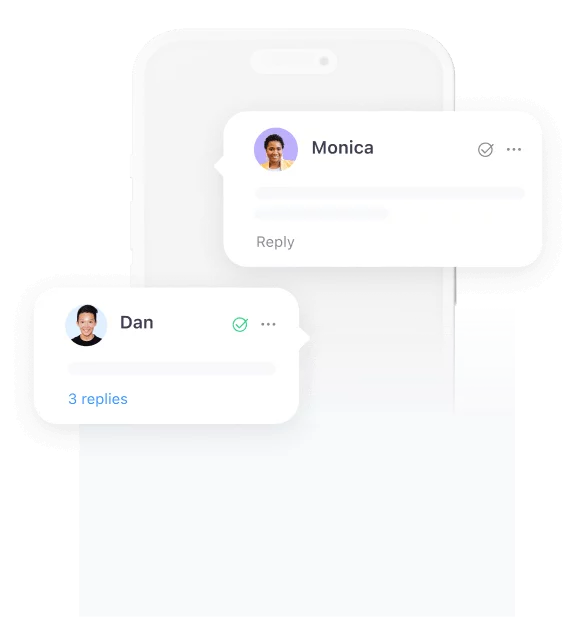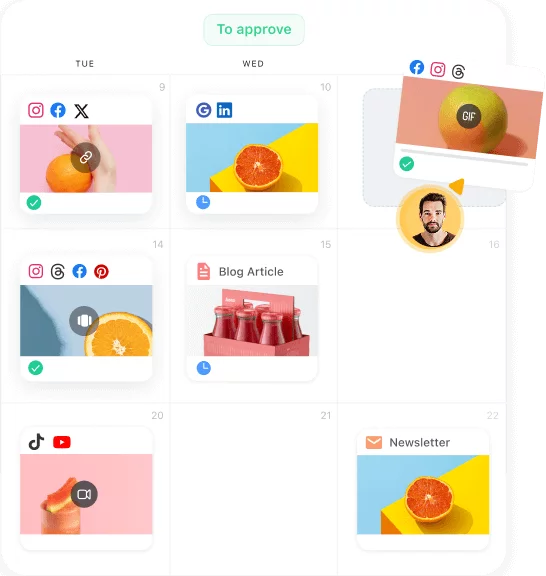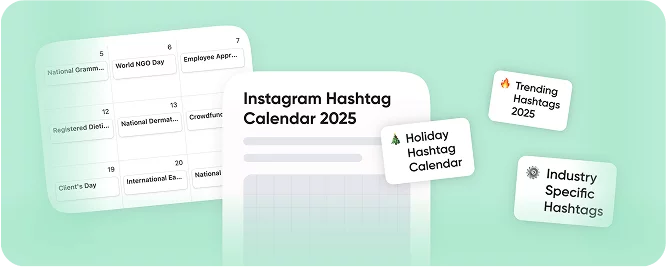This session was part one of our “Decoding social media analytic masterclass”: a 5-part series where we cleared the fog away from social media analytics.
In this 1-hour session we’ve explored which social media metrics we really need. (and how to gracefully avoid the trap of vanity metrics) with Sophie Miller, an educator and consultant to some of UK’s biggest brands & the founder of the global marketing community Pretty Little Marketer, which has a following of over 400,000.
Meet the speakers:
Sophie Miller
Sophie is the founder and director of the global marketing community Pretty Little Marketer, which has a following of over 400,000. Sophie set up PLM during her second year of university as a struggling student, wanting to create a community for people working in social media who could share their knowledge and support each other. PLM has since grown into a thriving community with members from all over the world. Sophie is passionate about making social media simple, and approaching marketing with community in mind.
Interviewer: Noa Lupu
Noa is an experienced Account and Project Manager turned Customer Success Lead at Planable, where she combines her background in social media management with firsthand knowledge as a former Planable customer. Now leading the Customer Success team, Noa focuses on ensuring client satisfaction, building strong relationships, and enhancing customer support processes to deliver an outstanding experience.
Key Insights from the session:
1. Match metrics to specific business objectives
Sophie emphasized the importance of aligning metrics directly with business goals rather than vanity metrics or broad “engagement.” She suggests thinking about metrics in phases—like brand awareness first, then lead generation closer to a launch—so metrics guide content development and campaign strategy. For instance, while likes might be overlooked as vanity metrics, they can provide insights when tied to audience engagement at specific points in a campaign.
2. Use sentiment analysis to shape content strategy
Comments, shares, and sentiment in DMs give qualitative insights that should inform future content, especially when quantitative data is limited. Sophie suggests looking at comments for not just positive or negative feedback but also for recurring themes. By integrating positive and negative sentiment directly into planning, teams can refine messaging to resonate more deeply with audience pain points and desires, tailoring content around what has previously driven meaningful reactions.
3. Maximize metrics as an ongoing decision-making tool, not a monthly task
Rather than treating metrics as an end-of-month checklist, metrics should be consistently integrated at every step of the workflow—from planning and creation to publishing and reporting. Sophie highlighted using past data to plan future content, schedule optimal post times, and refine messaging. By continually assessing metrics, brands can identify what’s working mid-campaign, allowing for real-time pivots that make content more relevant and actionable.
4. Optimize content performance through competitor benchmarking
Observing competitor engagement and popular formats within the industry helps refine your own content strategy. Sophie discussed monitoring competitor success to understand what resonates in similar audiences, analyzing specific types of posts, format styles, and even times that are most effective. This insight can guide experimentation with formats—whether memes, polls, or stories—to keep content fresh and relevant while staying competitive.
5. Leverage data to shape Community Engagement strategy
Fostering loyalty and brand advocacy should go beyond surface metrics by leveraging engagement as an ongoing conversation. Comments, questions, and frequent interactions should influence how you communicate with your audience. Sophie’s example of a community-driven brand that used polls and question boxes to actively engage audiences underlines the value of using metrics as feedback loops. Community feedback can then directly inform product launches, content direction, and even brand voice to foster a two-way dialogue with audiences.
Ready to dive deeper?
If this piqued your interest, join us for the full recording where our expert dives into actionable ways to align your metrics with your goals, improve engagement, and grow your brand presence effectively.
Leave your email below to access the full webinar!







